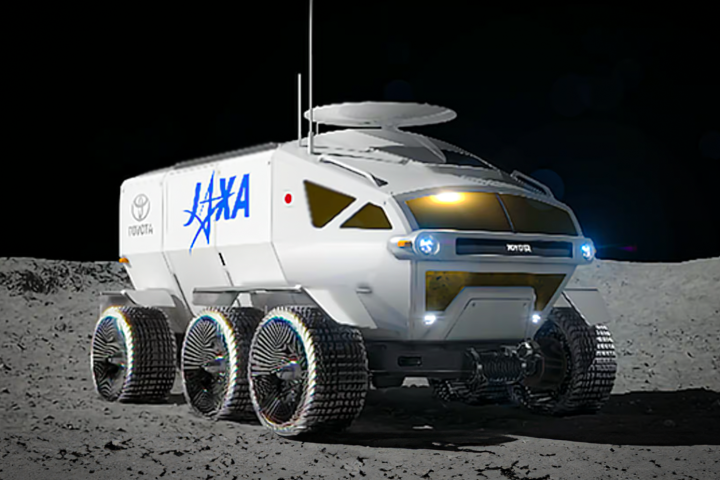Planetary nebulae are basically slow-motion explosions in space, expected to expand and then fade over tens of thousands of years. But in an unprecedented show, the Hubble Space Telescope has witnessed a nebula fading and shrinking dramatically within just 20 years, suggesting it may disappear entirely in the next few decades.
When stars of a certain size begins to die, they swell up into red giants, throwing off layers of dust and gas. Eventually the star collapses back into a white dwarf, which heats up the material around it until it glows. This phase is expected to last for tens of thousands of years, so from our limited human perspective these celestial fireworks appear frozen in time.
But nebulae are still dynamic objects, and nowhere is that clearer than in the new Hubble observations. The Stingray nebula originally got its name from its gorgeous aqua colors and billowing outline resembling a ray in flight, which is particularly striking in an iconic shot taken in 1996.

However, that’s in stark contrast with images taken in 2016, which reveal a much dimmer, smaller and muted nebula that hardly warrants the Stingray moniker. The blue tones of the inner rings, and the filament structures of the outer areas, have all but vanished.
The glow emitted from the main ingredients of the cloud – hydrogen, nitrogen and oxygen – has faded drastically, with the oxygen emission dimming by a factor of almost 1,000. If anything, the nebula would have been expected to have grown bigger, but that’s clearly not the case.
“This is very, very dramatic, and very weird,” says Martín A. Guerrero, an author of the study. “What we’re witnessing is a nebula’s evolution in real-time. In a span of years, we see variations in the nebula. We have not seen that before with the clarity we get with this view.”

The researchers attribute the nebula’s swift changes to the star at its heart, which is an oddball itself. SAO 245567 is a white dwarf that previous observations have shown is also undergoing rapid transformations, with its temperature shooting up by 68,000 °F (38,000 °C) between 1971 and 2002. Since then it’s been cooling down again, dimming the surrounding nebula.
The astronomers can’t be sure exactly what will happen next, but they suggest that if the current rate of fading continues, the Stingray nebula may all but disappear from the night sky in the next 20 or 30 years.
The research is due to be published in the Astrophysical Journal.
Source: Hubble






